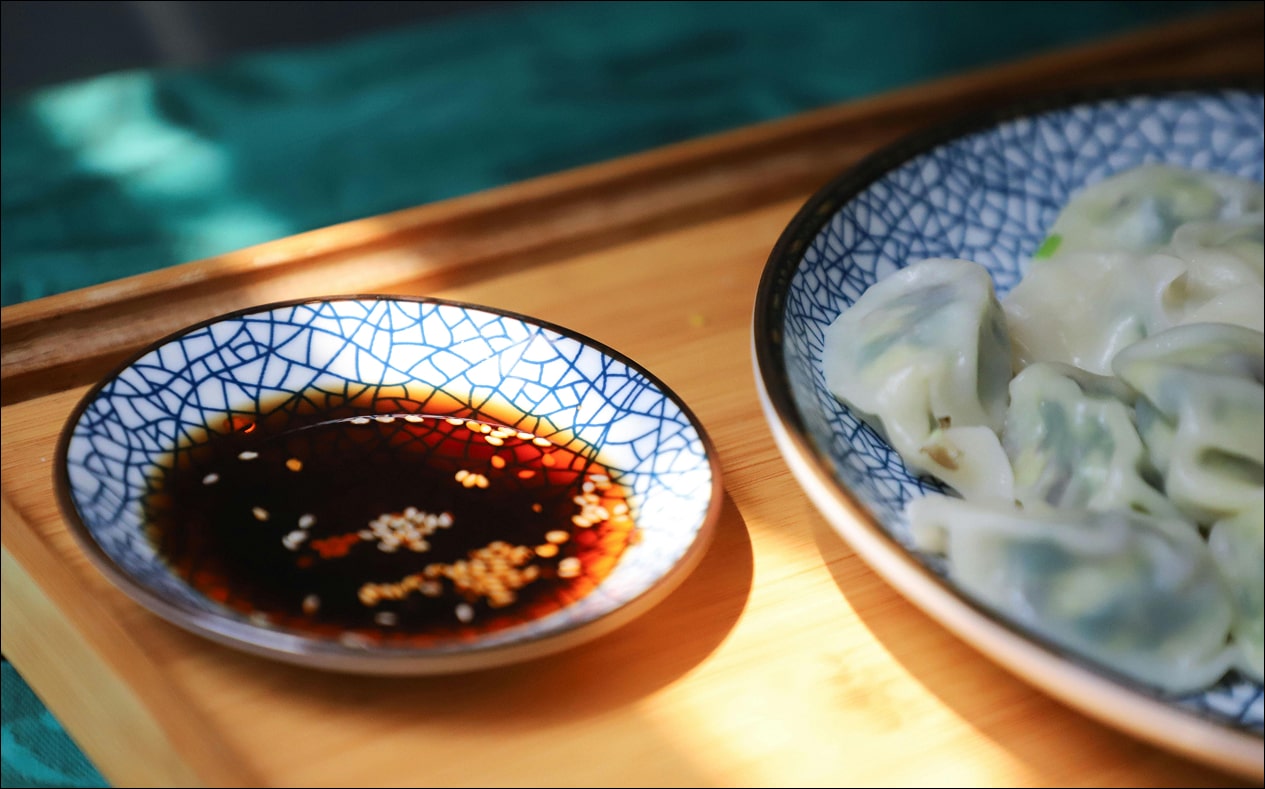Healthy diet based on Japanese style: 6 reasons for greater longevity and vitality
Rice, fish, vegetables, soy, seaweed, and green tea – the traditional Japanese diet brings colorful variety to the plate. But it's not just about enjoyment and variety. Studies show that this Asian diet can be associated with a longer life, lower rates of obesity, and a reduced risk of chronic diseases (1,2).
It's no wonder, then, that Japanese cuisine is considered a model for healthy eating worldwide. But what exactly makes this diet so special, and how can you take advantage of its benefits in your everyday life?
1. Traditional Japanese diet: Key to longevity and healthy aging
Studies show that people who eat a traditional Japanese diet live longer and have a lower risk of dementia or disabilities in old age (1).
👉 Conclusion: A balanced diet based on the Japanese model can contribute to better health and quality of life in the long term.
2. Diversity of nutrients in Japanese cuisine: superfoods, fiber and antioxidants
Japanese cuisine provides an impressive range of nutrients: fiber from vegetables and algae, antioxidants from green tea, omega-3 fatty acids from fish, and isoflavones from soy (1,2).
👉 The interaction of these foods makes the Japanese diet a true nutritional package that can support various bodily functions.
3. Balanced interaction of the Japanese diet: rice, fish, soy and vegetables
The traditional Japanese diet is characterized by balance: rice as the base, with vegetables, fish, or soy as a source of protein. This balanced pattern is considered key to many positive effects (1).
👉 Small portions of different foods create harmony on your plate. A principle you can also apply to your diet.
4. Japanese diet for heart health
The Japanese diet is associated with a lower risk of cardiovascular disease – a key factor for healthy aging (1,2).
👉 The combination of vegetables, fish and plant protein sources such as soy seems to play an important role.
5. Why Japanese cuisine can prevent obesity and promote healthy eating
In regions where traditional Japanese cuisine is still widely consumed, overweight and obesity are significantly less common (2).
👉 One possible reason for this: more plant-based diversity, smaller portions and less highly processed foods.
6. Small portions, great variety: Food culture in Japan
Characteristic of Japanese cuisine is a variety of small bowls and plates with differently prepared dishes (1).
👉 This creates variety, satiety and enjoyment, without large quantities.
Your shortcut to more plant power 🌿 Organic raw juices for everyday life
Of course, the Japanese diet can't be replicated exactly. But you can also implement the principles of variety, balance, and plant-based foods in your everyday life.
Our I DO organic raw juices offer a simple way to support this: 100% fruit, vegetables, and superfoods, gently cold-pressed and without additives. Preserved using high pressure (HPP) instead of heat, the valuable ingredients are optimally preserved.
👉 Whether as a quick snack, a small meal or a companion on fasting days, you can get a piece of plant diversity directly in your glass.
Sources:
(1) Okada E, Takahashi K, Takimoto H. Effect of Japanese diet on healthy life expectancy and related index in a simulated model cohort. Nutrition Journal . 2021;20(1):47. doi:10.1186/s12937-021-00721-8. PMID: 34099075; PMCID: PMC8180189.
(2) Hu EA, Pan A, Malik V, Sun Q. White rice consumption and risk of type 2 diabetes: meta-analysis and systematic review. BMJ . 2012;344:e1454. doi:10.1136/bmj.e1454. PMID: 22422870; PMCID: PMC3307808.












